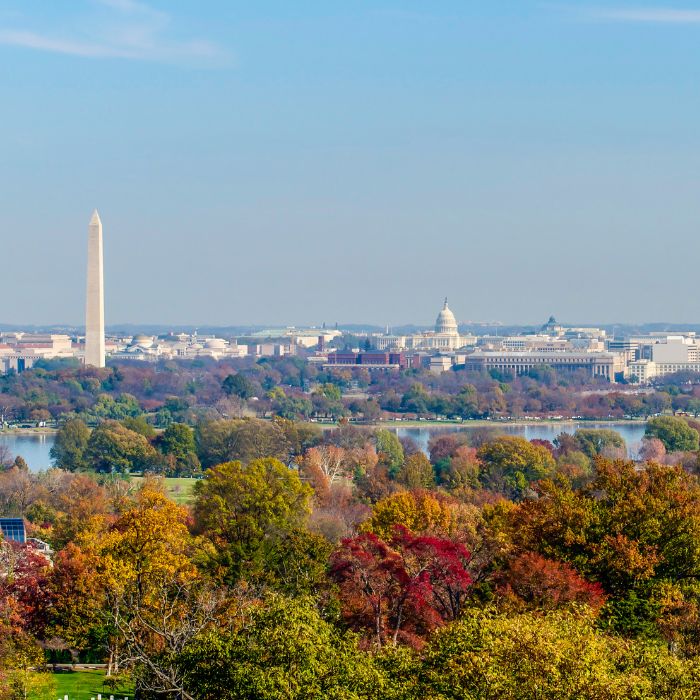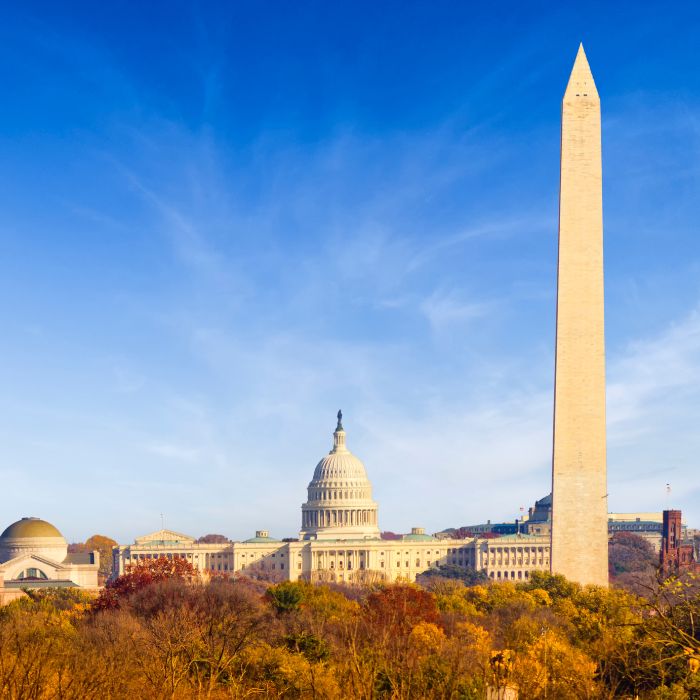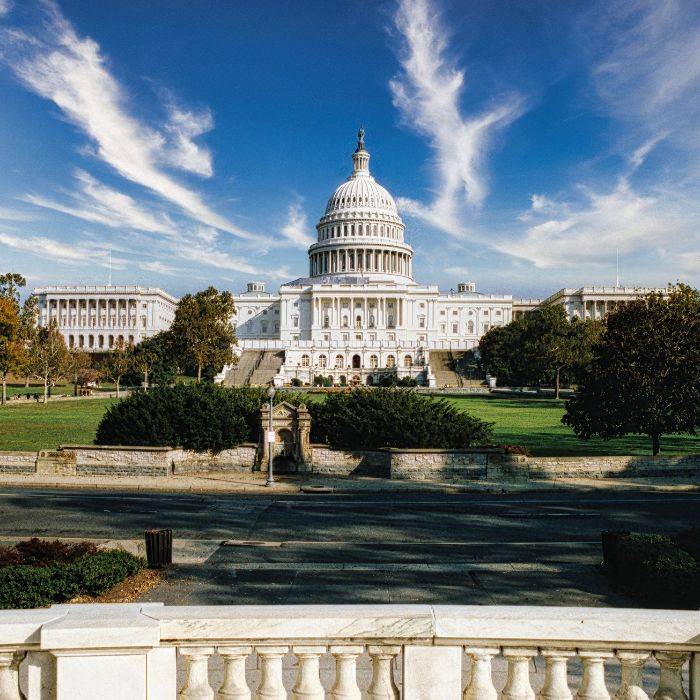United States: Immigration Agencies Unveil New Regulatory Agendas
September 4, 2025
At a glance
The Administration is planning to propose reforms to the H-1B, employment-based permanent residence, and foreign student practical training programs, and seek restrictions on employment authorization for some humanitarian program beneficiaries, among other regulatory priorities.
The issue
The Departments of Homeland Security, State, and Labor have issued their first regulatory agendas of the second Trump Administration. The agendas set forth each agency’s rulemaking priorities and timelines for the coming months.
The key employment-based immigration plans are detailed below. The specifics of anticipated proposed and final regulations are confidential until each is released for publication in the Federal Register. Though each agency sets a timeline for its regulatory activities, publication target dates are often deferred.
Department of Homeland Security
H-1B eligibility and compliance reforms. A proposal slated for December 2025 would seek to revise the eligibility criteria for exemptions from the H-1B cap, impose additional requirements on third-party placement of H-1B employees, and impose an additional level of scrutiny on employers deemed to have violated H-1B program requirements.
Wage level-based H-1B cap selection process. As we have reported previously, a proposed USCIS regulation would reform the way the agency allocates H-1B cap numbers each fiscal year. The latest regulatory agenda indicates that registrations would be weighted to generally favor beneficiaries whose proffered wages correspond to higher Department of Labor (DOL) Occupational Employment and Wage Statistics (OEWS) wage levels. However, according to DHS, the proposal would not affect the DOL’s prevailing wage level associated with a position. The agenda also provides a few additional details about the forthcoming proposal, indicating that the beneficiary-centric selection of H-1B cap registrations would remain unchanged, and there would be no change to the order of selection between the regular cap of 65,000 and the advanced-degree cap exemption of 20,000. The proposal is listed in the regulatory agenda for publication in August 2025, so it could be released imminently.
Student practical training. DHS is planning to seek amendments to practical training programs. Though the regulatory agenda provides few details, proposals could include restrictions on F-1 optional practical training (OPT), STEM extensions of OPT, and curricular practical training (CPT). A proposed rule is scheduled for publication this month.
Employment-based permanent residence eligibility. A proposed regulation is expected to define or redefine several important concepts pertaining to the EB-1, EB-2, and EB-3 permanent residence categories. The proposal is expected to address the concept of “bona fide job offer” for employer-sponsored (as opposed to self-sponsored) EB-1 and EB-2 petitions as well as EB-3 petitions. The agency is seeking to redefine eligibility criteria for the EB-1 extraordinary ability and outstanding researcher subcategories, as well as revise evidentiary requirements for the EB-1, EB-2 National Interest Waiver, and physicians of national and international renown categories. The proposed regulation would also outline the agency’s authority to conduct site visits relating to EB-1, EB-2, and EB-3 petitions. The proposed rule is slated for publication in January 2026.
EB-5 program changes. DHS plans to propose further implementing regulations to the EB-5 Reform and Integrity Act of 2022, as well as incorporate changes solicited by a 2017 call for public feedback on the integrity of the EB-5 Regional Center program; the proposal is slated for November of this year. A separate proposed regulation would increase fees for EB-5 benefit requests; originally slated for publication in August 2025, the proposal could be published soon.
Restrictions on employment authorization for beneficiaries of certain humanitarian programs. A forthcoming proposed regulation would impose additional scrutiny and new procedures on applicants for asylum who are seeking an employment authorization document. A separate proposal could limit or abolish employment authorization for humanitarian parolees, individuals granted deferred action, and individuals subject to final orders of removal but temporarily released from custody under an order of supervision. Both proposals were originally scheduled for publication in August 2025 and could be issued in the near future.
Use of biometrics in immigration benefits procedures. A proposed regulation slated for October 2025 could seek to broaden the collection and use of biometrics of applicants for and beneficiaries of USCIS immigration benefits filings “through the entirety of the immigration lifecycle.” Though the regulatory agenda does not provide details, the agency could expand biometrics collections to more immigration application types and possibly require foreign nationals with pending applications or petitions to undergo repeat biometrics collection and related background checks while awaiting adjudication.
Civil surgeon reform. DHS will propose a regulation to reform the process for designating civil surgeons – the physicians authorized to conduct immigration-related medical examinations of benefits applicants. Though the proposed regulation would not directly affect foreign nationals, changes to the vetting and designation process for civil surgeons could have the effect of reducing the number of authorized physicians and making it more difficult for applicants for adjustment of status to obtain a medical examination, particularly during periods of high demand. The proposal is scheduled for February 2026.
Department of State
Exchange visitor program proposals. A proposed rule is expected to seek new requirements on extensions and reinstatements of exchange visitor SEVIS records, possibly in line with a recent proposed DHS regulation to limit the period of stay of J exchange visitors (as well as F and I nonimmigrants). It is slated for publication this month. A separate proposed rule addressing compliance requirements for the Au Pair program is anticipated in October of this year.
Diversity Visa lottery program. A final rule slated for publication this month would impose a new $1 fee on foreign nationals registering for the Diversity Visa lottery program with the purpose of defraying the cost of the lottery. Currently, there is no charge to enter the diversity lottery, which typically attracts nearly 20 million registrants per year.
Department of Labor
The Department of Labor is planning to propose a regulation concerning H-2A temporary agricultural work program wage methodology. DOL is also planning to finalize a regulation on H-2B wage methodology, pursuant to a court order determining that a prior version of the regulation concerning employer-provided wage surveys did not comply with federal rulemaking requirements. There appear to be no near-term plans to propose changes to wage minimums for the H-1B, E-3, H-1B1, and PERM programs.
What’s next for the Administration’s regulatory plan?
The regulatory agenda is an indication of the Trump Administration’s near-term priorities. Most regulations would first be published in proposed form with a 30- to 60-day public feedback period. Generally, a rule may be finalized only after the relevant agency gives meaningful review to the feedback it receives and obtains final clearance from the Office of Management and Budget. The usual rulemaking process takes at least several months. Interim and temporary final rules may be implemented on an expedited basis in emergent circumstances.
If your organization wishes to advocate in connection with a regulation, please contact your designated professional or the firm’s Government Strategies and Compliance Group.
This alert is for informational purposes only. If you have any questions, please contact the immigration professional with whom you work at Fragomen.














